Grab or Go-Jek? What's The Best Taxi App In Southeast Asia?
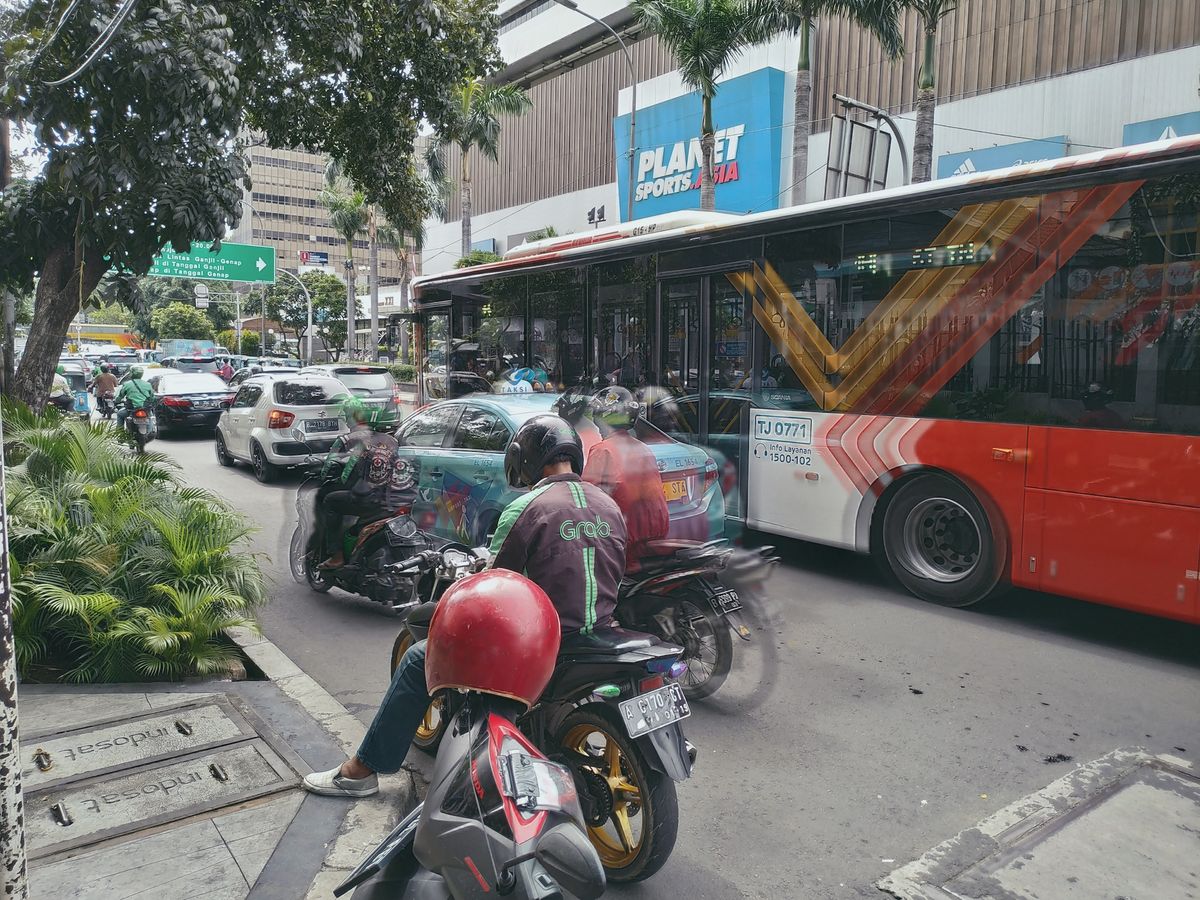
So why this article? Aren’t apps like Grab or Go-Jek basically like Uber (or your local alternative) in Southeast Asia? Well, yes and no.
If you come from Europe or America, your first visit to Southeast Asia will open you the doors of a new universe. Take Europe, for example. Even though Spain, Germany, and France are a completely different countries, they share in fact a common cultural background. They are all “European” in a way. Taking the metro to enjoy a latte in your favorite café is a very similar experience in Madrid, Berlin and Paris.
In Southeast Asia, these experiences vary wildly, not only from what you are used to, but between countries too.
Maybe it’s because of the sharp contrasts present in Southeast Asia. From ultra-modern megacities with huge skyscrapers to rural, under-developed areas. The most impressive technological advances applied to societies sometimes lacking many XXI century social advances. The peaceful democracies, uneven dictatorships and grand kingdoms… Southeast Asia is a fascinating multiverse.
Every country in Southeast Asia is a unique universe on its own, and that reflects on every aspect of your life there. From renting an apartment or –and that’s the raison d’etre of this article– to taking a taxi on a ridesharing app.
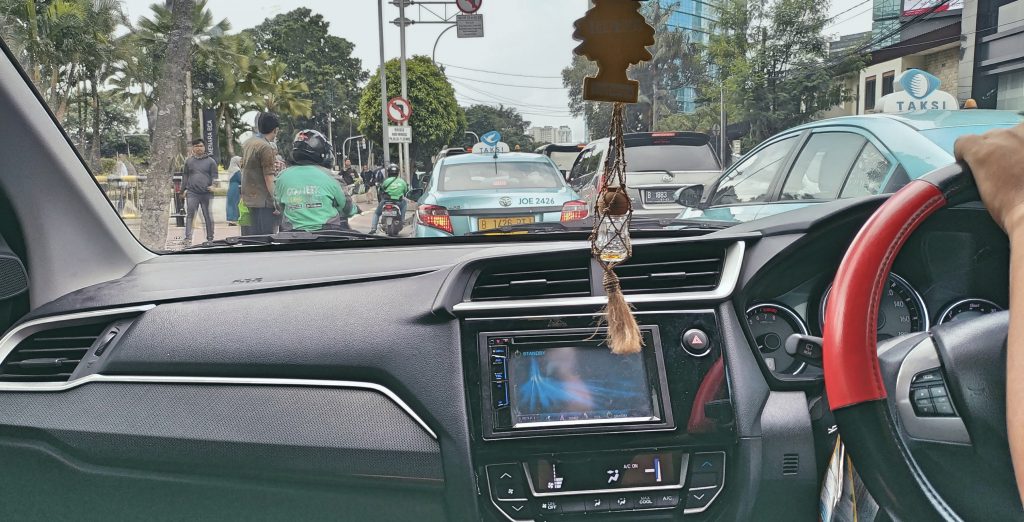
The Players In The Southeast Asia Arena
Uber –the de-facto standard ridesharing app– was acquired by Grab in most of Southeast Asia in 2018. While it’s still available in other parts of Asia, its influence has considerably dwindled, leaving two main players in the Arena: Grab and Go-Jek. Especially in countries such as Thailand, Indonesia, Vietnam, Malaysia, or the Philippines.
Of course, there are local players as well. In Indonesia, for example, there’s BlueBird. However, I decided to write about the apps that are readily available in all of Southeast Asia.
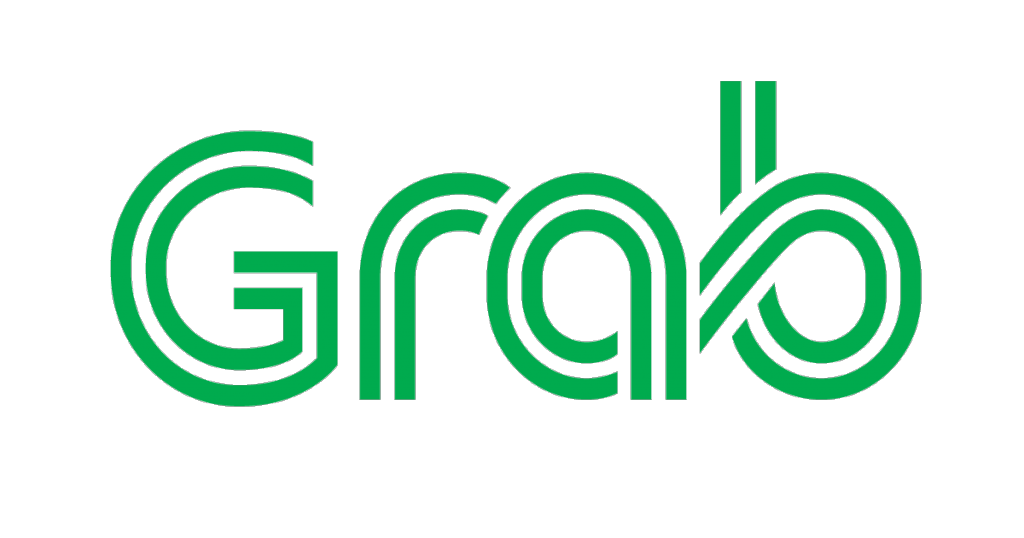
Grab
Grab, a company from Singapur, was actually born in Malaysia, in 2012, after a terrible experience in a taxi of one of the founders, Anthony Tan. It expanded in the following years to the Philippines, Singapur, Thailand and the rest of South Asia.
Some years later, in 2016, Grab went through a major overhaul, got his current name and brand, and evolved into a multi-service company offering rides in cars and motorbikes, package delivery, food delivery, and more.
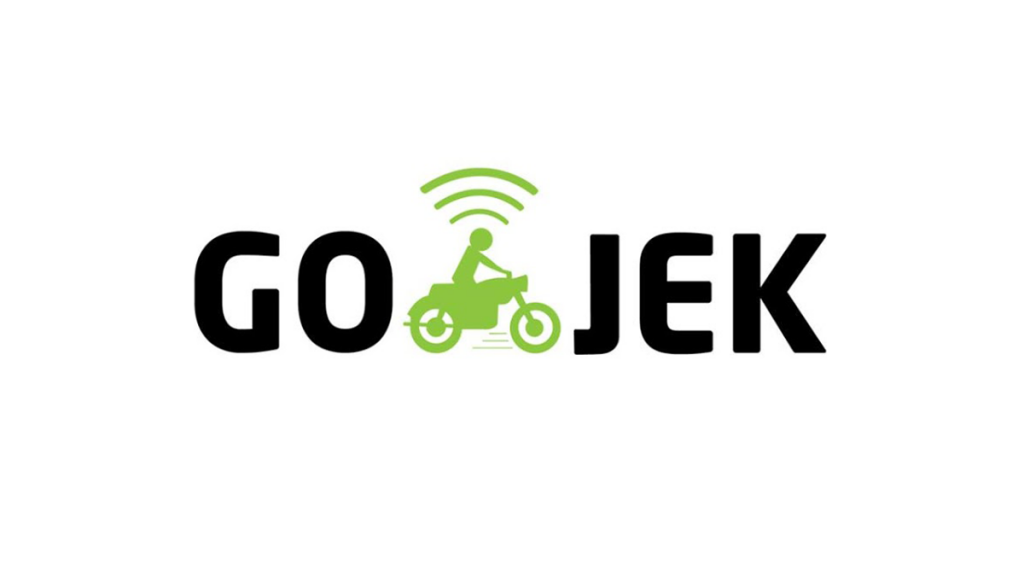
Go-Jek
Go-Jek is considered the unicorn of Indonesia, its biggest and fastest-growing tech company. Its creation was in fact inspired by Grab, as Nadiem Makarim, CEO and founder of Go-Jek admits. Though now fierce competitors, both CEOs were in fact friends in the past, and consulted each other regularly about their businesses.
Go-Jek focused on motorbike rides at the beginning, but soon evolved into an all-in-one app offering a set of services quite similar to –if not unashamedly copied from– Grab.
So if both offer the same services, and are present in more or less the same countries, how do they compare?
Some Things To Take Into Account
Before deciding between Grab or Go-Jek, you need to be aware that your experience with both apps will greatly vary depending on external factors.
That means that taking a ride using the same app in different situations will yield completely different results. Let me discuss some of the aspects to take into account when judging your experience in these apps.
Your Experience Will Greatly Vary From Country To Country
Different countries have different regulations when it comes to ridesharing apps. Not only that, but the society or local communities of a country may embrace this technology… or demonize it. That can make a huge difference for something as simple as getting from point A to point B.
I will go as far as affirming that your experience will greatly vary from region to region inside the same country. Take Indonesia, for example. Jakarta, the capital, is a completely modern city, and ordering a Go-Jek is a smooth and simple process. There is plenty of drivers, their activity is accepted by the inhabitants of the city and the local government, and they have no conflicts with local taxis.
Conversely, our experience in Bali with these apps has been hit and miss. Some regions of Bali (such as Ubud) have established a local taxi mafia. They are quite hostile with the drivers of these apps, sometimes getting to the point of stopping the car and trying to aggress the driver or even the passengers. We have experienced this problem ourselves recently.
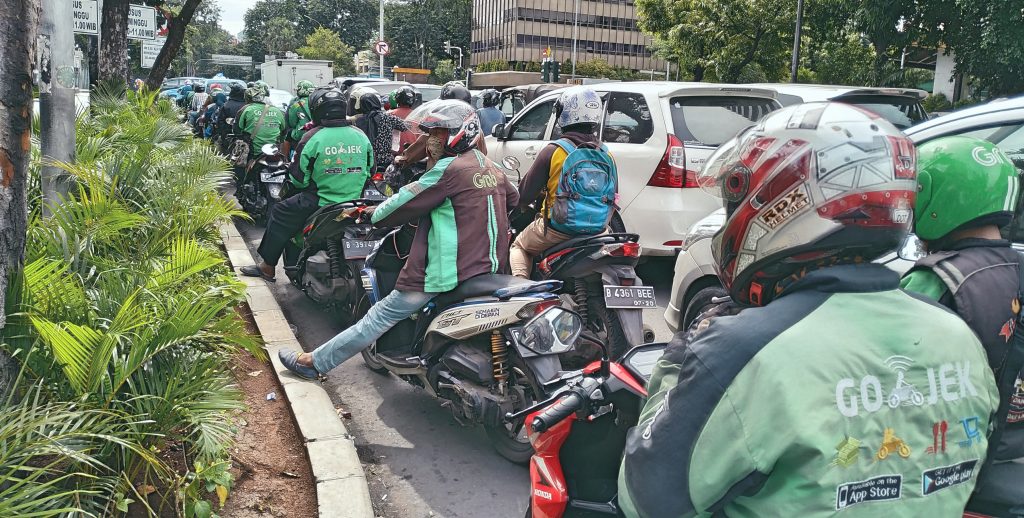
Your Experience Will Greatly Vary From Rural To Urban Areas
In fact, I think it’s not about the country or region you are in, but if it’s a city o rural area. This is not necessarily what you would expect from Europe, for instance, where unfortunately Uber-like apps are arbitrarily banned in different cities, sometimes of the same country.
In Southeast Asia, generally speaking, you will be able to move using Grab and Go-Jek mainly on urban areas. The larger and more modern the city, the better. Conversely, in rural areas, you will find problems such as scarcity of drivers –or total absence thereof– or the previously mentioned local mafias.
Both Apps Suffer From Some Common Problems
Most importantly, both apps have some problems essentially related to their drivers. Like it or not, the main factor that can either turn your ride into a pleasant experience or into a terrible nightmare is the driver.
Even before you get into the car, that becomes painfully evident in places such as Bali, Indonesia. In this article I describe how frustrating ordering a ride on these apps can be. One main problem is the local taxi mafia, for sure. But other times, the drivers won’t pick you up because you are “too far”, the trip is too short and they want more money, or there’s a traffic jam between you and them, or they simply don’t feel like picking you up.
Or, they accept the ride, you wait for them for 5 minutes, and just when they are about to arrive, another person nearby requests a longer –and more profitable– trip, so they cancel yours to pick up this other customer.
That can be infuriating when you are asked to cancel your fourth trip in a row, and when you ask them why they accepted the ride, the driver alleges that he was assigned the trip automatically, without their consent. That happens with both apps.
Being a mobile app developer myself, I find it hard to believe. But if that’s true, the app’s been terribly designed. And if –as I suspect– that’s just an excuse from the drivers, there should be a way of penalizing or rating drivers that refuse to pick you up once they have accepted the ride.
Obviously, once you get into the car, other aspects such as the driving skills of the chauffeur, how clean they keep their cars, or their politeness are also important.
Grab Or Go-Jek
So with that in mind, these are in my mind the main differences between the two contenders for the best ridesharing app in SouthEast Asia.
App Usability And Design
The interface of both apps are very much alike. So much, in fact, that it’s clear that probably they have been copying each other throughout the years much like iOS and Android have been doing.
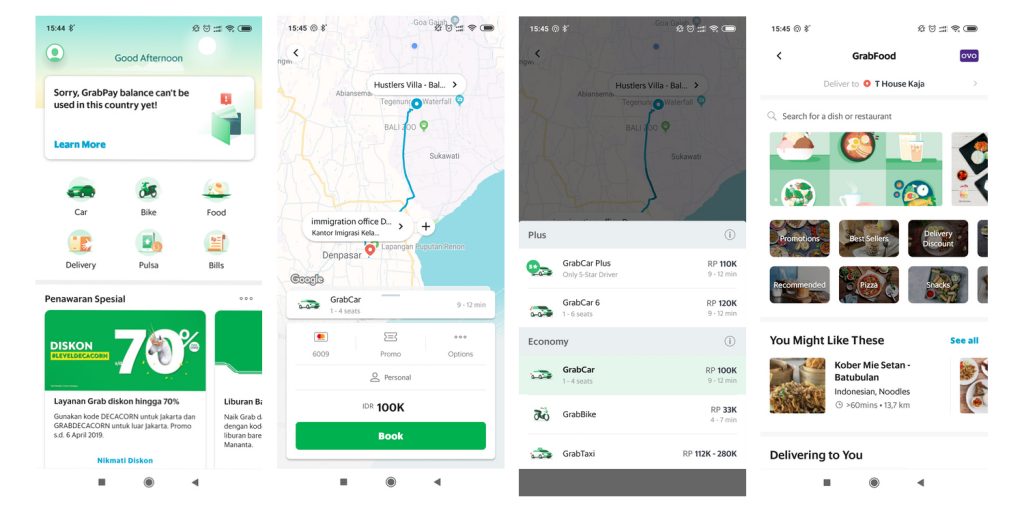
Both offer a main screen with the different services (car ride, motorbike ride, delivery, food, etc), displayed in almost exactly the same layout.
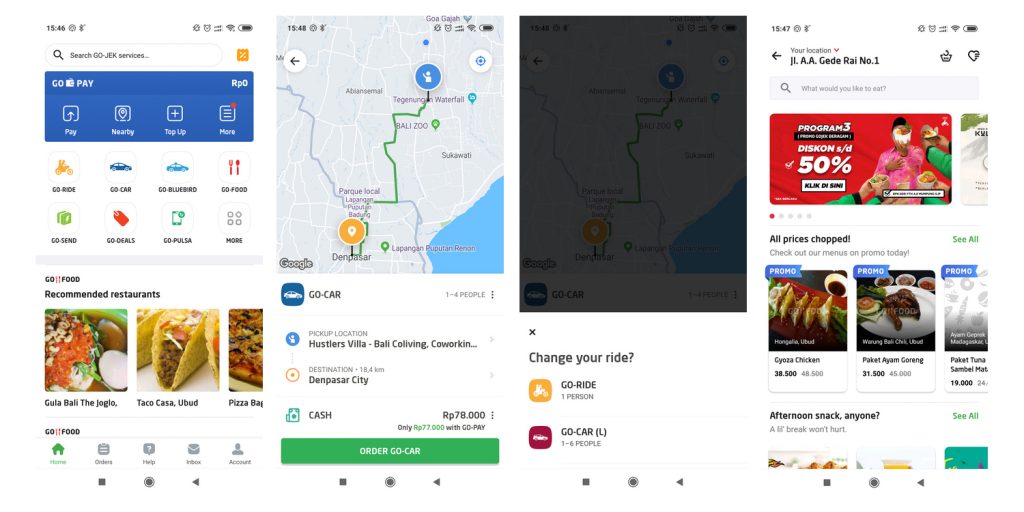
One main difference I’ve found is the ability to schedule a trip in Grab. This really useful feature is –as far as I know– not present on Go-Jek, or at least I have not been able to find it.
Another important difference is that Grab allows you to choose between different types of car. I find the ability to choose only five-star drivers for a small increment in price quite useful, especially in certain areas of Southeast Asia. Go-Jek only offers “car” and “motorbike” alternatives.
Winner: Grab wins this round. Even if both apps are really similar, the small extra functionality of Grab makes it more complete and useful than Go-Jek.
Price
The above picture shows a trip from Hustlers Villa (one of the best co-working spaces in Bali) to the same location in Denpasar for both apps. As you can see, the price for a Grab is much higher (almost 30% higher) than the price of a Go-Jek for the same distance, using the same type of car.
And that’s generally the rule: Grab is always more expensive than Go-Jek, in my experience.
Winner: Go-Jek wins this round. The ride will always be cheaper on a Go-Jek, regardless of the country.
Drivers
So we get to the final round with a tie among the two candidates for the King of Southeast Asia ridesharing app. Who will get the crown?
As I mentioned earlier, the the drivers are the most important aspect determining your experience using these apps. This is especially true in Asia, where different countries have completely different cultures.
On one hand, affirming that drivers from Go-Jek or Grab are better or worse based just on my experiences may be subject to a strong bias. After all, I could have stumbled upon a particularly awkward driver once, and my view of the whole platform could be
On the other hand, it’s true that the corporate culture of a company, the candidate selection process, and even the fees and rewards you offer to the drivers can make a difference. Happy workers are generally nicer, and less prone to cheating on you or negotiating the price.
In my mind, Grab drivers are somewhat more professional, and have less tendency to cancel your trip or try to haggle with you, but I’ve had bad experiences with Grab drivers asking for more money in the chat, or once I get into the car, so I can’t really say one app is better than the other in this area.
Winner: in my opinion, Grab drivers are slightly more professional than Go-Jek ones, but I’ve had problems with both apps in this area, so that’s a tie!
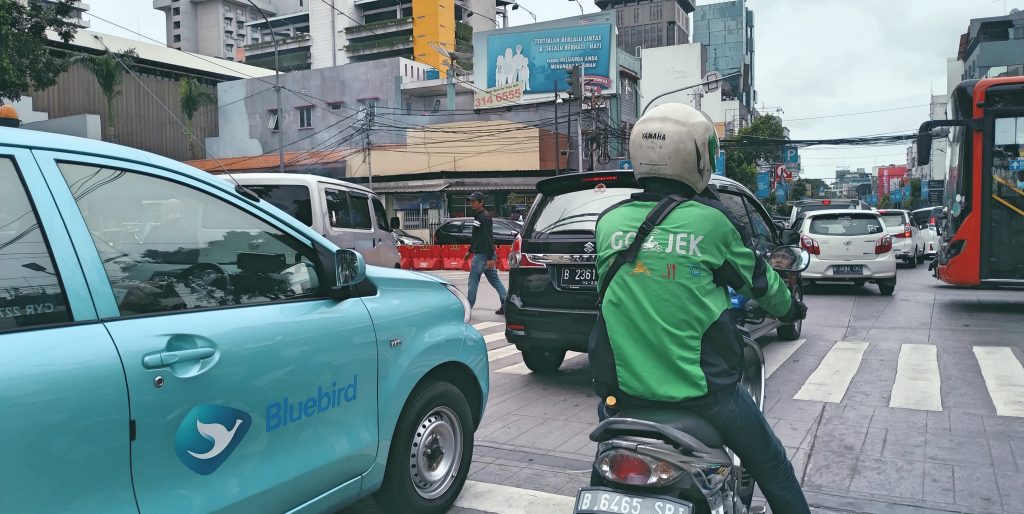
And The Oscar Goes To… Grab or Go-Jek?
So should you go for Grab or Go-Jek? Unfortunately there’s no clear winner. If reliability is important to you, and you don’t mind paying a little more, then go for Grab. If price is the decisive factor for you, Go-Jek is the cheapest alternative.
As always, your mileage may vary –pun intended– depending on your experiences. So try both and find out the one that works best for you.
Remember that in different countries you will get different results. As an example, I was quite happy with Go-Jek in Thailand, but –ironically– it’s next to impossible to use their services in Bali, Indonesia, without going through the frustrating process of canceling the first 3-4 drivers that try to haggle with you.
Have interesting anecdotes to share about Grab or Go-Jek? Don’t hesitate to do so in the comments below!




Comments ()